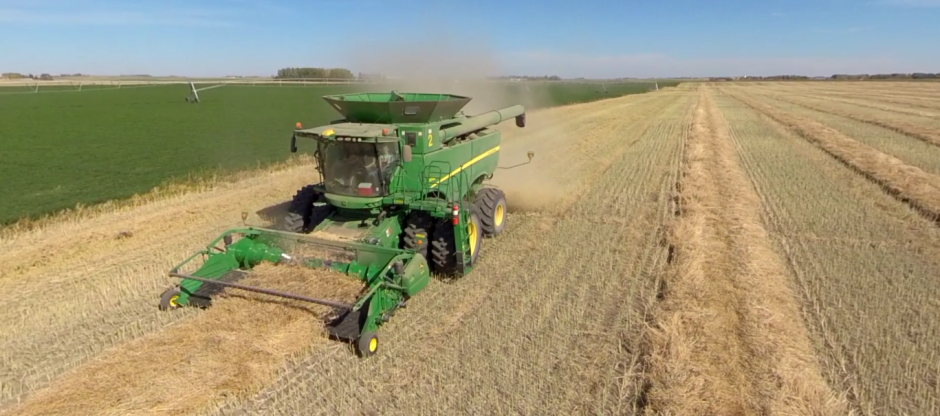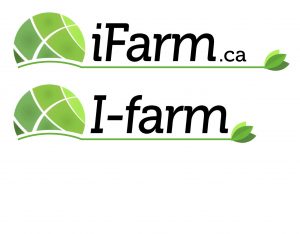Ontario
The average value of Ontario farmland increased 6.6% in 2015, following gains of 12.4% in 2014 and 15.9% in 2013. Values in the province have continued to rise since 1988. The provincial average does not reflect all areas of Ontario. Some regions continued to see significant increases, some experienced greater price stability and in a few areas, values decreased. The most significant increases were observed in Haldimand, Kent, Oxford, Stormont and Prince Edward counties. However, producers who wanted to expand their operations were showing more patience. Properties remained listed longer than a year ago, when sales occurred prior to the properties even being listed. This change in behaviour contributed to some decreases but also greater stability in many areas. In northern Ontario, demand was primarily for large acreages and existing dairy operations. Buyers included southern Ontario farmers looking to purchase cash crop land or local dairy farmers wanting to expand their operations. Producers in eastern Ontario continued to expand, which contributed to an increase in land values in that region. Land values were also pushed higher as a result of expanding transportation infrastructure around the greater Toronto area.
Quebec
The average value of Quebec farmland increased 9.6% in 2015, following gains of 15.7% in 2014 and 24.7% in 2013. Values in the province have continued to rise since 1986. In some regions of the province, the available supply of land was exceeded by demand, triggering higher prices and creating a favourable environment for sellers. In other regions, there was less activity and farmland values remained stable or increased marginally. The most sustained demand for land was observed in the regions of Montérégie, Lanaudière, Basses-Laurentides and Centre-du-Québec, which continued to garner high prices. The presence of non-traditional buyers contributed to the demand for farmland in certain areas, mainly in regions where farmland was sold at a lower price. However, farmers remained the main buyers of farmland in 2015, particularly crop producers and those operating in a supply managed sector
New Brunswick
The average value of New Brunswick farmland increased 4.6% in 2015, following gains of 8% in 2014 and 7.2% in 2013. Values in the province have continued to rise since 2008. In the potato belt region of west-central New Brunswick, and also in the southeast dairy region, cultivated land increased in value while the northwestern potato belt decreased in value. Premium land parcels in the southeast region attracted high competition and premium prices. Another contributing factor for the increase was farming enterprises purchasing additional land in order to increase feed production and become more self-sufficient. In the northwest region, the decreases were observed in sales of marginal farmland and parcels that are more difficult to work.
Nova Scotia
The average value of Nova Scotia farmland increased 6.3% in 2015, following gains of 7% in 2014 and 1.9% in 2013. Values in the province have continued to rise since 2005. Increased land values were noted in all regions of Nova Scotia in 2015. However, significant upward pressure was seen in the western region of the province where a greater diversity of agriculture is practised. Land value increases were seen for all types of agricultural land, including those related to production of poultry, dairy, vineyards and vegetable production, as well as lifestyle farms. Competition for this land remained high and parcels did not stay on the market for long, as interested parties were often bidding for the same property. Purchasers ranged from existing farmers wishing to expand their operations, increase their feed production, or spread manure, to retirees wanting to move back to their home communities and establish lifestyle farms.
Nova Scotia
The average value of Nova Scotia farmland increased 6.3% in 2015, following gains of 7% in 2014 and 1.9% in 2013. Values in the province have continued to rise since 2005. Increased land values were noted in all regions of Nova Scotia in 2015. However, significant upward pressure was seen in the western region of the province where a greater diversity of agriculture is practised. Land value increases were seen for all types of agricultural land, including those related to production of poultry, dairy, vineyards and vegetable production, as well as lifestyle farms. Competition for this land remained high and parcels did not stay on the market for long, as interested parties were often bidding for the same property. Purchasers ranged from existing farmers wishing to expand their operations, increase their feed production, or spread manure, to retirees wanting to move back to their home communities and establish lifestyle farms.


